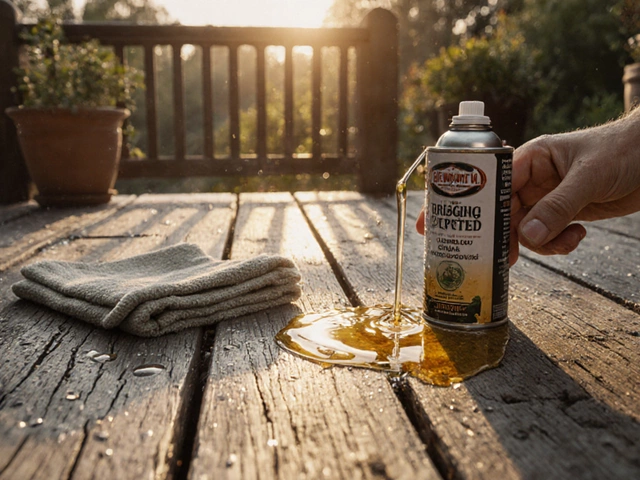Mowing Made Simple for Indian Gardens
If you own a garden in India, you’ve probably wondered how often to mow and at what height. The answer isn’t one‑size‑fits‑all, but the basics are easy to follow. A well‑mowed lawn looks neat, stays healthier, and uses less water. Below are the practical steps you can start using today.
Pick the Right Cutting Height
Grass type decides the ideal height. For most Indian lawns—Bermuda, Zoysia, or Buffalo—keep the blade around 2.5 to 4 cm. Cutting too short hurts the roots and invites weeds. If the grass feels spongy, raise the blade a little; that shade the soil and reduces evaporation.
When the season changes, adjust the height. In summer let the grass grow a bit taller (up to 5 cm) to protect against heat stress. In winter you can shave a little lower, but never below the recommended minimum.
How Often Should You Mow?
During the monsoon, growth speeds up. Aim to cut every 5‑7 days so you never remove more than one‑third of the leaf blade at once. In cooler months, mowing every 10‑14 days is enough. The rule of thumb: don’t let the grass exceed the height you’ve set by more than a centimeter.
Watch the weather. If a hot spell is coming, give the lawn a little extra length to keep moisture. After a heavy rain, wait until the grass dries a bit before mowing to avoid clumping.
Choose the Right Equipment
For small gardens a push mower works fine. Look for a blade‑adjustable model so you can set the height without extra tools. If you have a larger yard, a self‑propelled or electric mower saves time and effort. Keep the blades sharp; dull blades tear grass, causing brown tips and disease.Maintenance is simple: clean the deck after each use, check the wheel alignment, and oil the motor if it’s a gasoline mower. A well‑maintained mower gives a cleaner cut and lasts longer.
Seasonal Tips for Indian Climate
Summer: mow early in the morning or late evening when the sun isn’t scorching. This reduces stress on the grass and lessens the chance of fire hazards.
Monsoon: avoid mowing when the ground is soggy. Wet soil can damage the mower’s wheels and compact the lawn.
Winter: mow only when the grass is actively growing. In many parts of India, grass slows down in December, so you may need fewer cuts.
Safety and Best Practices
Wear sturdy shoes and eye protection. Keep children and pets away from the mowing area. Never try to mow over rocks or debris; clear the lawn first to protect the blades.
Finally, give the lawn a quick water rinse after mowing if the weather is hot. This helps the grass recover and reduces the risk of leaf scorch.
By following these simple steps—choosing the right height, timing your cuts, using proper tools, and watching the weather—you’ll enjoy a tidy, healthy lawn all year round. Happy mowing!
Can You Mow Over Drip Irrigation? What You Need to Know
Wondering if it's safe to mow over drip irrigation pipes? This article clears up the risks and gives simple tips to protect your watering system while keeping your lawn in top shape. Learn how to spot trouble, prevent expensive repair jobs, and find the best way to set up your drip lines for mowing season. Get real solutions so you can stop stressing every time the grass gets tall.
About
Drip Irrigation
Latest Posts


Most Unsustainable Thing? Grass Lawns and the Gardening Problem
By Alden Thorne May 3, 2025

How Often Should You Oil Your Terrace? A Practical Guide for Lasting Wood Protection
By Alden Thorne Nov 16, 2025

Are Carrots Native to India? History, Origins, and Surprising Facts
By Alden Thorne Jun 27, 2025

